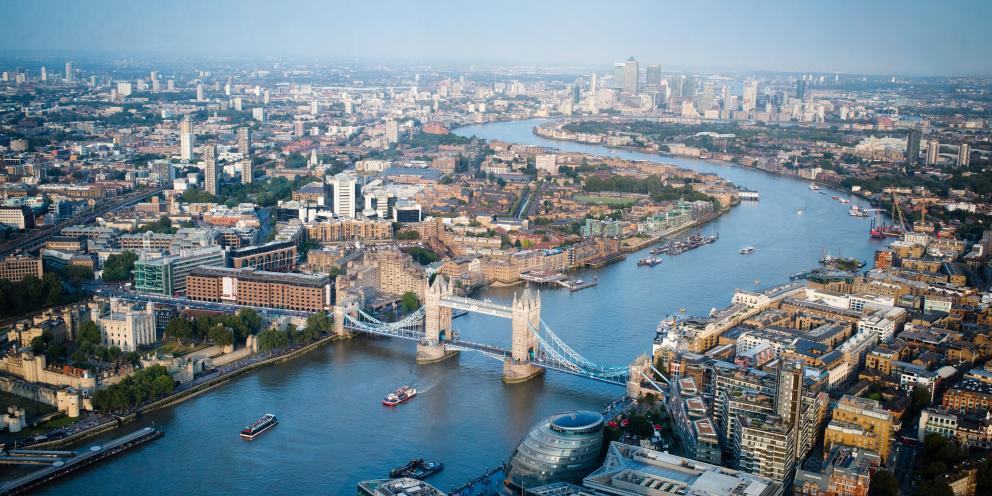
‘Historic’ agreement on TEN-T guidelines
The Commission appears to have re-launched its trans-European transport networks (TEN-T) strategy. The transport commissioner Siim Kallas described an agreement last month between Commission officials, MEPs and representatives of member states as ‘a historic agreement to create a powerful European transport network’. Yet the agreement merely takes the existing TEN-T up to 2020, and even then there is likely to be less money available than will be needed to fund all the EU’s list of transport infrastructure projects.
Interested in this kind of news?
Receive them directly in your inbox. Delivered once a week.
Trans-European networks – in transport, energy and telecommunications – have existed since the early 1990s. The name of the funding mechanism has changed to the Connecting Europe Facility, but the network itself remains largely the same, albeit now covering 27 member states instead of 12. What has been provisionally agreed is a set of guidelines that define minimum common standards for transport projects to be eligible for EU funding, what percentage of a project’s cost can be covered by EU funds, and a list of priority projects that will make up the ‘core’ or ‘comprehensive’ network.
It means that even if these guidelines are approved (and they must still be passed by ministers and the full European Parliament), how many of these transport infrastructure projects get built will depend on how much money is available. The provisional EU budget for 2014-20 has €23 billion put aside for TEN-T projects, but the Commission proposed €32bn, so not every project will have funding. Some money is likely to be available from regional funds, but how much also remains uncertain.
T&E deputy director Nina Renshaw said: ‘Much in these guidelines is encouraging, in that there are clearer requirements to report on the likely future environmental damage and greenhouse gas emissions at the proposal stage. But there is still no cast-iron guarantee that only “sustainable” projects will be funded, and a look at the annex to the regulation shows a wishlist of projects submitted by national governments. That’s why the guidelines have to be strict, so EU funds are only used for projects that contribute to the EU’s goal of cutting transport emissions by 70% between now and 2050.’
